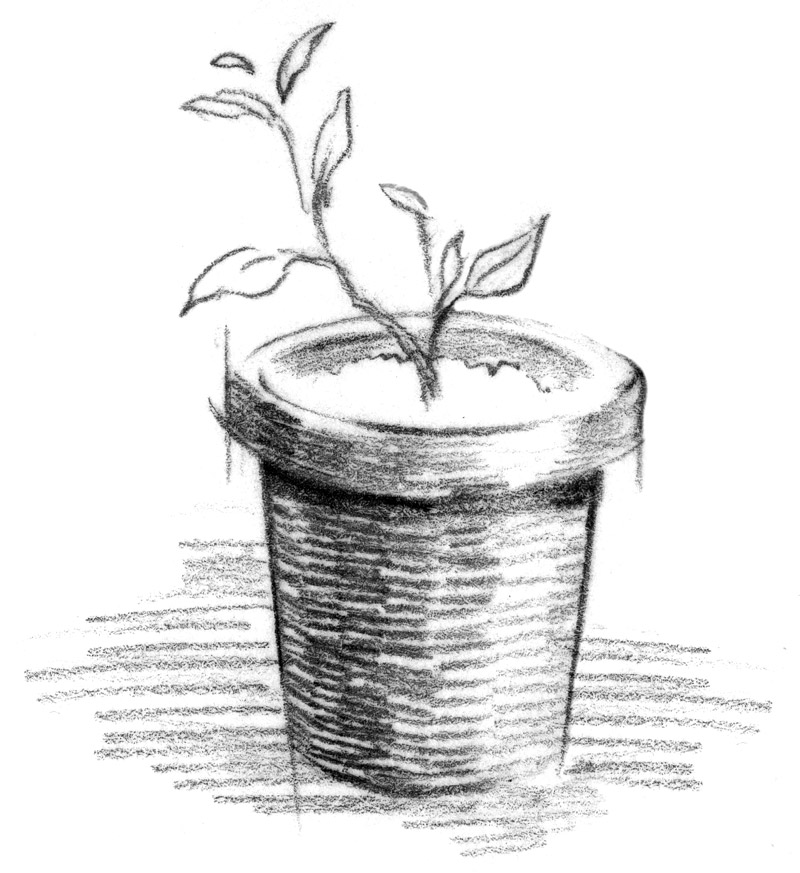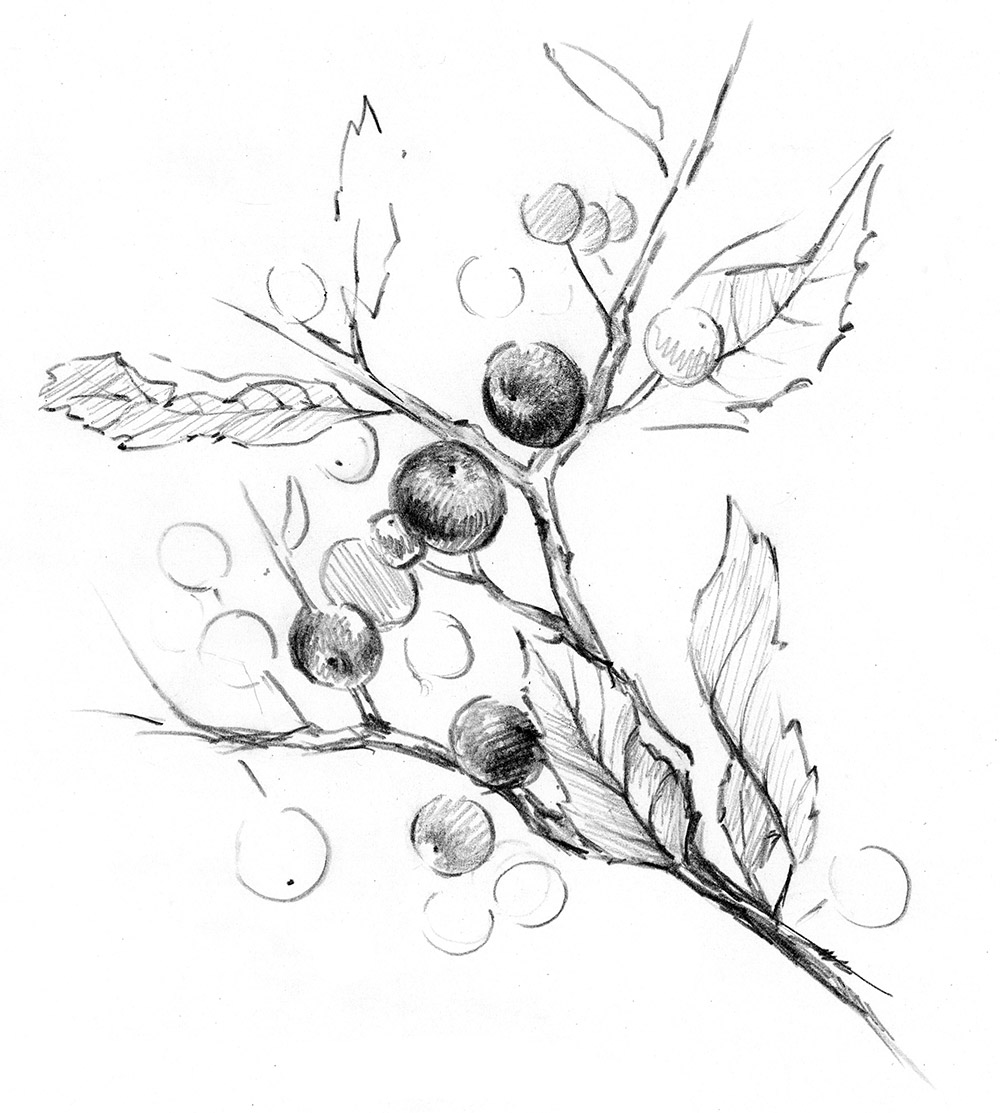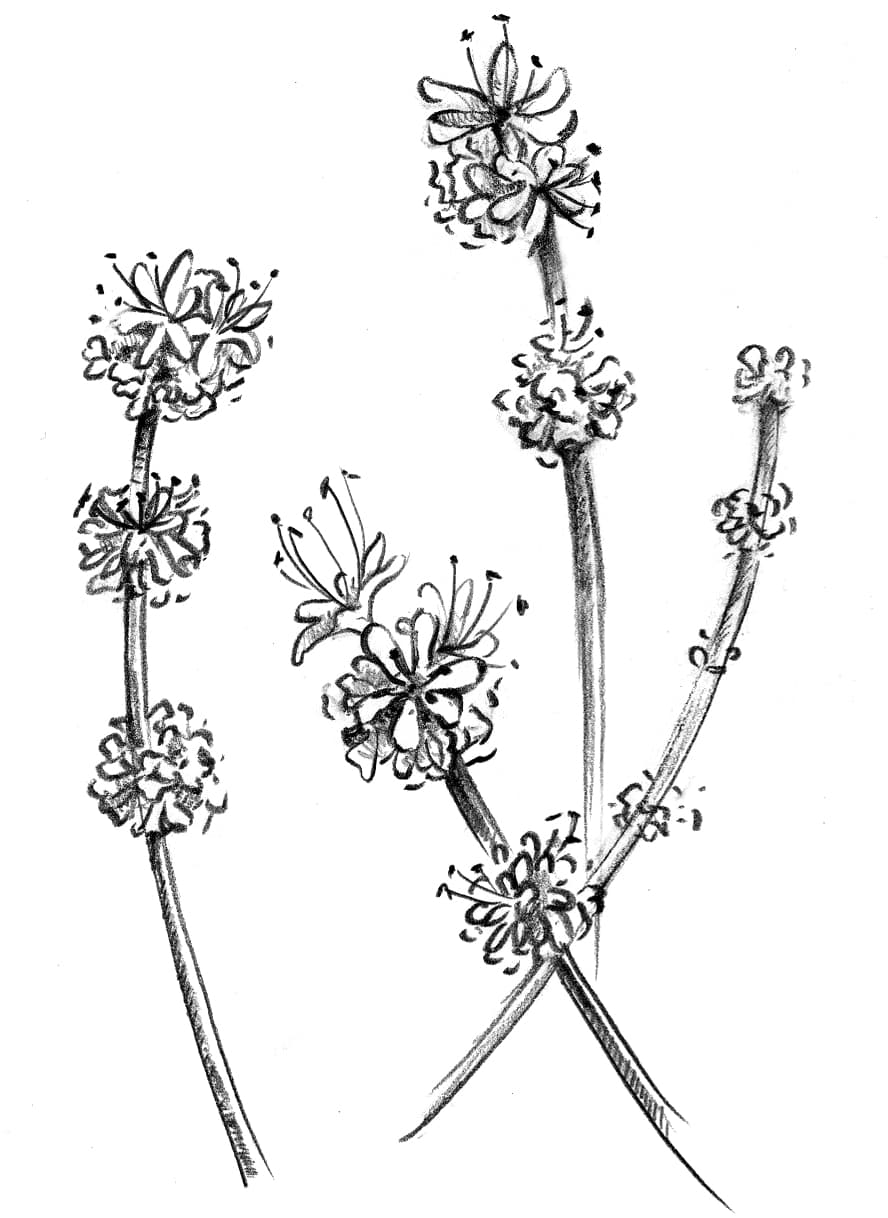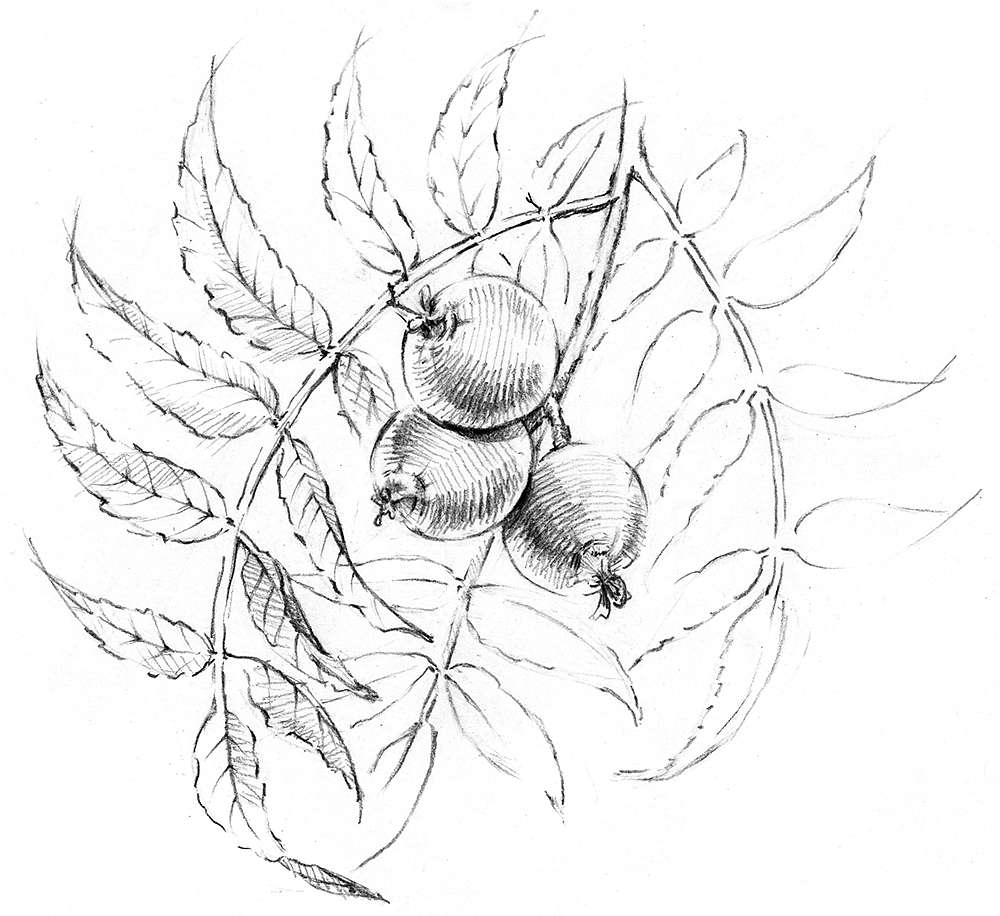To come upon a flowering Spotted Humboldt Lily in the wild is both rare and astonishing. Rare, because deer love to nip off its tender, ostensibly tasty flower buds before they have a chance to bloom; astonishing because the bright orange, maroon-spotted, lavishly petalled Spotted Humboldt’s Lily looks like something you’d find growing in a tropical jungle that somehow lost its way and ended up in the relatively stark landscape of Southern California. Rendering the contrast even more striking is the fact that Lilium humboldtii var. ocellatum blooms in May and into June, when spring’s wildflower show is winding down and the surrounding plants, among which it appears as a flamboyant apparition, are starting to shut down in preparation for the long, hot summer ahead.
Like nearly all of our native California geophytes (bulbs and corms), the Spotted Humboldt Lily’s cultural requirements can make adding it to your garden something that requires a little forethought. That’s because most native California bulbs need to be planted where they’ll remain dry after they flower and downshift into summer dormancy. This makes them incompatible with many typical garden settings requiring summer irrigation, in which the combination of high soil temperature and moisture can cause the bulbs to rot. This same cultural requirement, in addition to dappled shade and fast draining soil, make the Spotted Humboldt’s Lily a perfect match for the understory of Quercus agrifolia (Coast Live Oak), which is its natural habitat.
Our Spotted Humboldt Lilies descend from seed we originally obtained from a neighbor’s front yard in the San Gabriel Mountains. We offer them as the bulbs are reaching maturity, usually in 4″ pots, ready to put in the ground. (Note: we will not have any mature bulbs available for sale in 2023-4 planting season.) Do wait until the flower stalk is fully dried before cutting to the ground (the bulbous fruits will be mature by September) or leave in its natural state to wither away. A completely new stalk will emerge during the rainy season, coming back taller and more floriferous each year.
If you’d like to try your hand at propagating your own Spotted Humboldt’s Lilies, we have seed available from the LANPS garden. Each seed packet contains 30 seeds and comes with a handy-dandy planting guide. (Seed packets can be mailed to you if your address is within the continental US.)
They say that patience is a virtue when it comes to gardening. Growing a flowering Spotted Humboldt Lily from seed will surely put your patience to the test (three to five years!) but offers the ultimate thrill to those who are willing to wait.







































